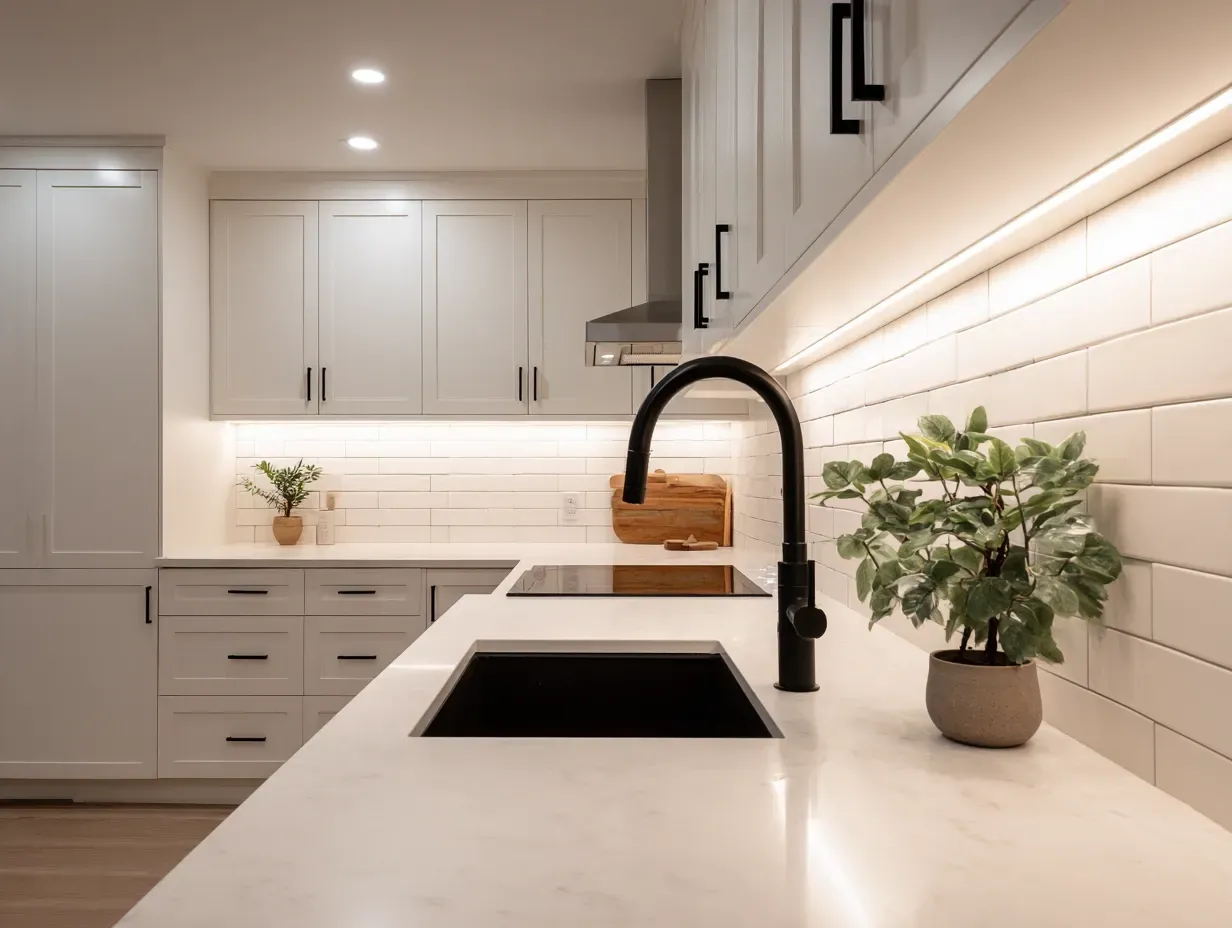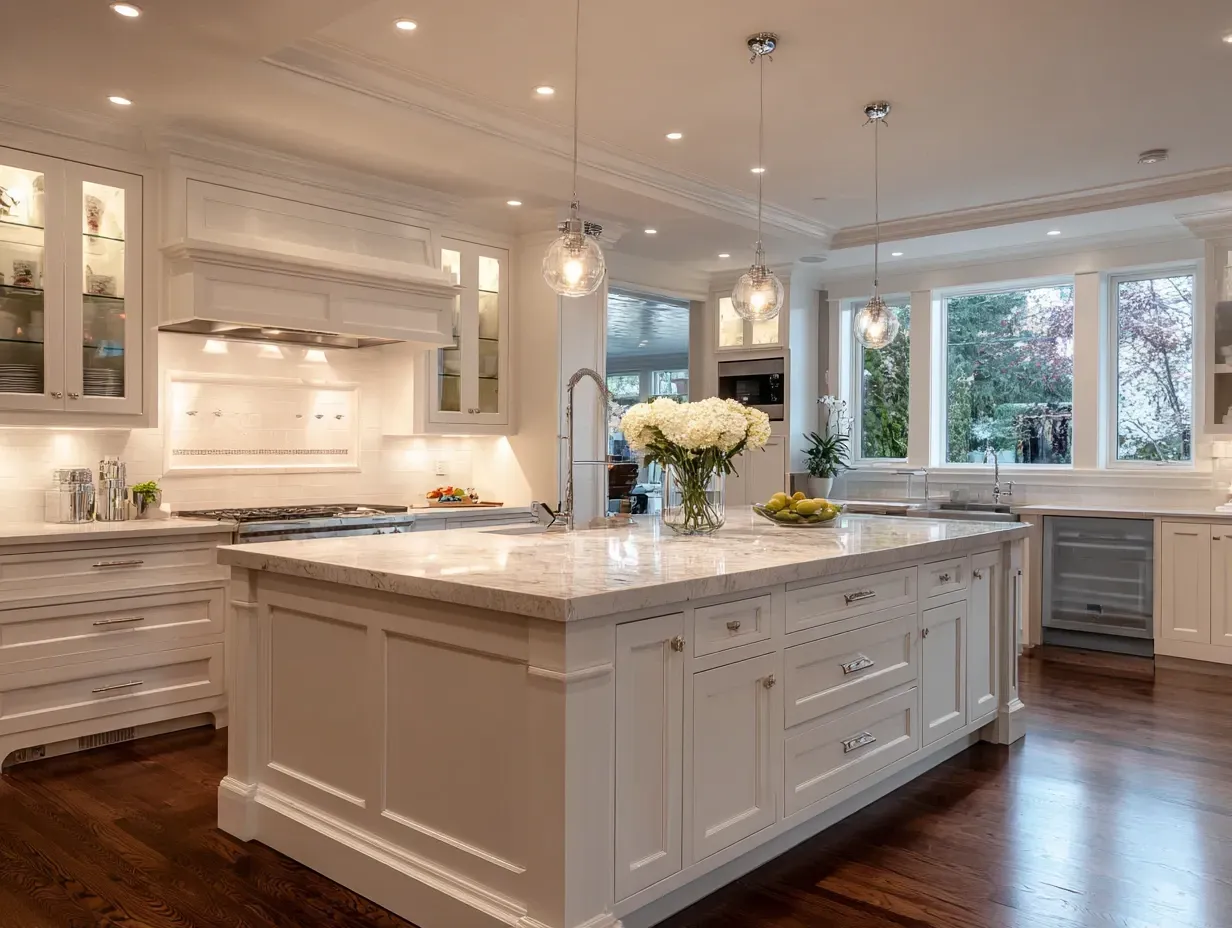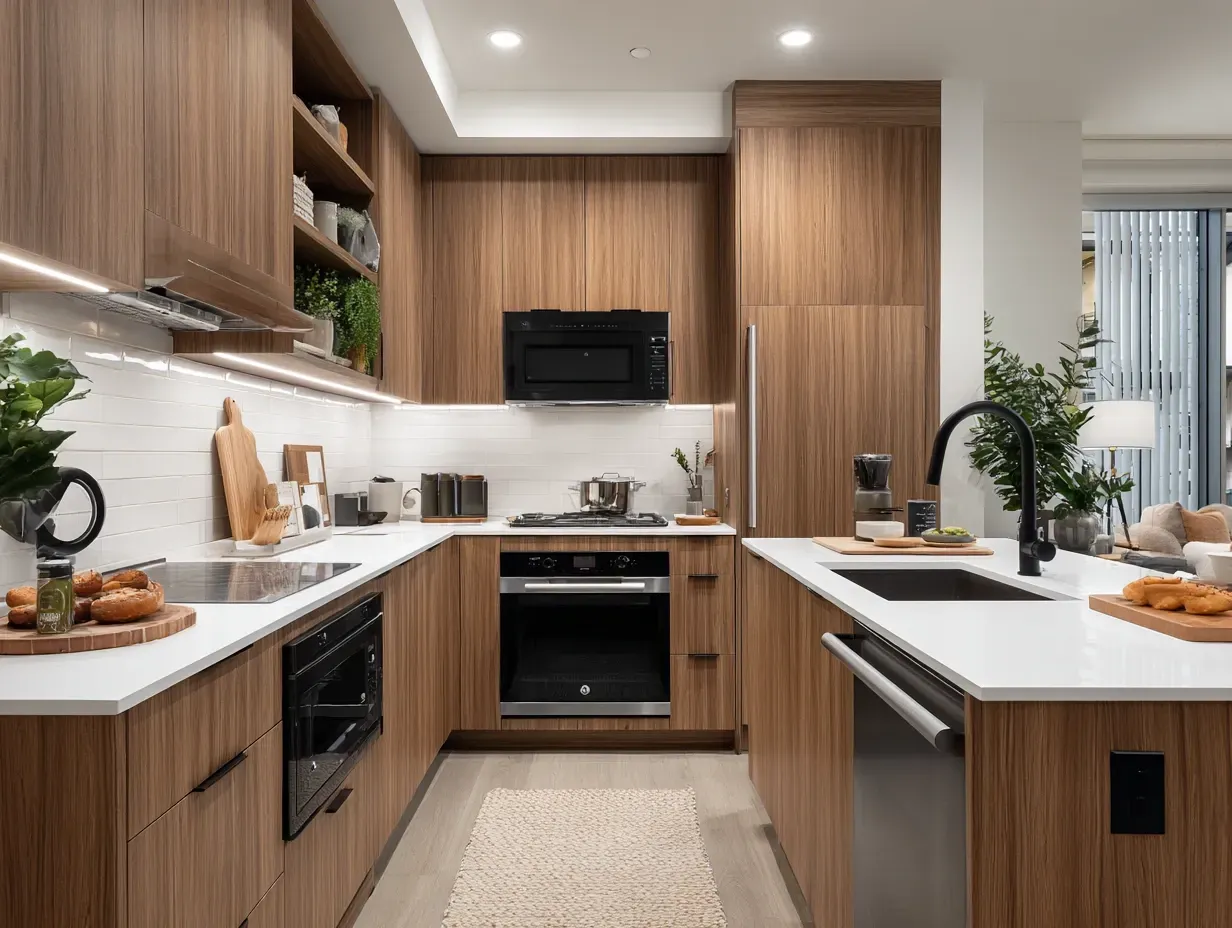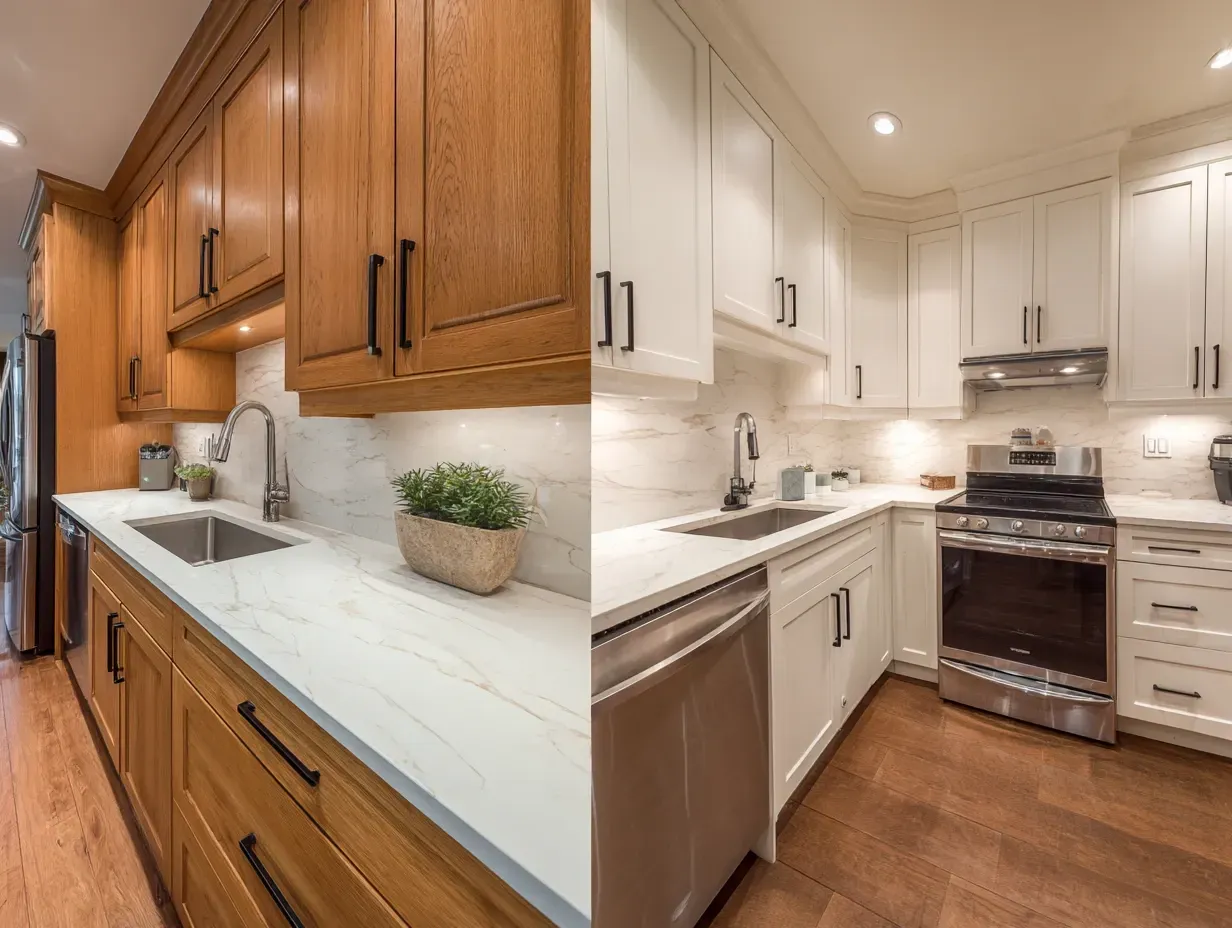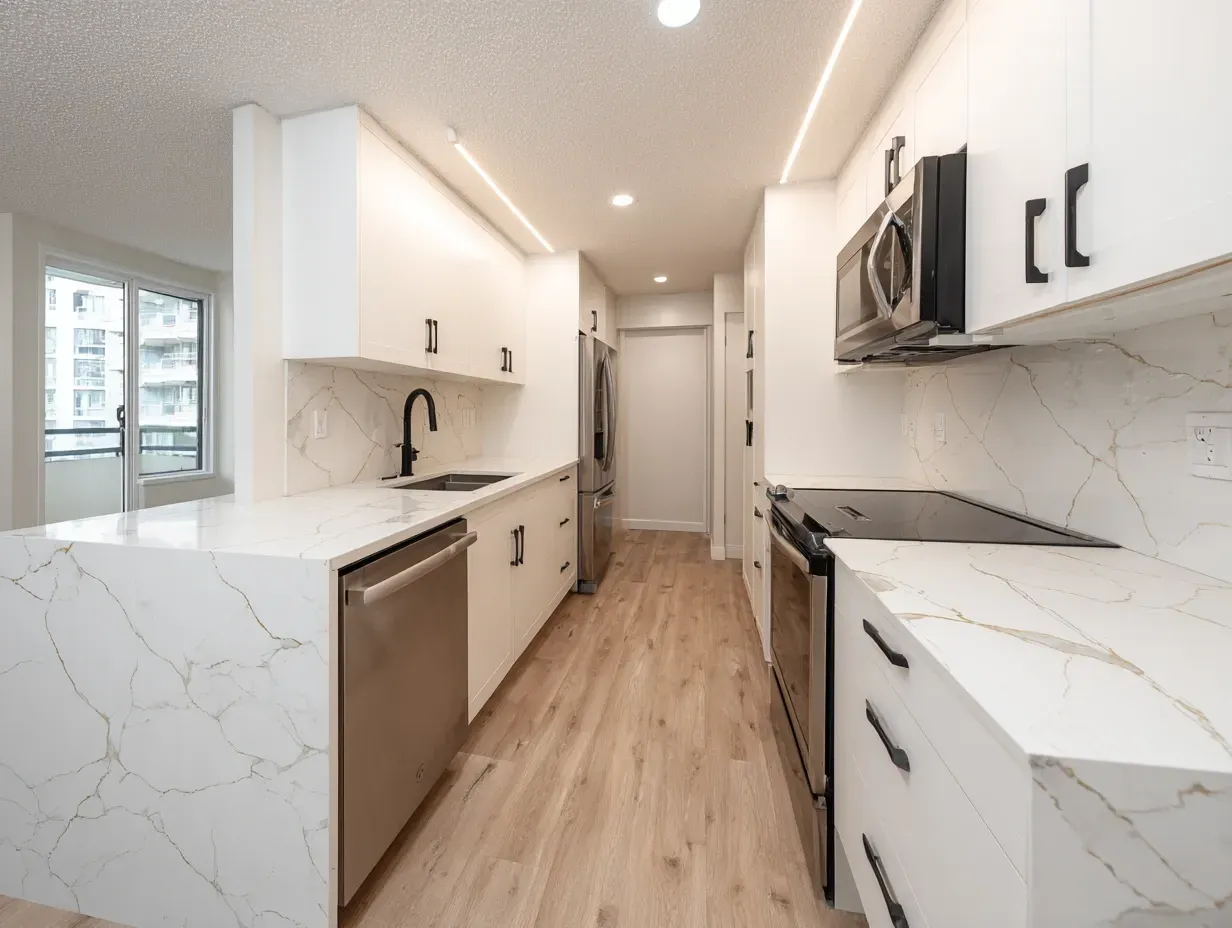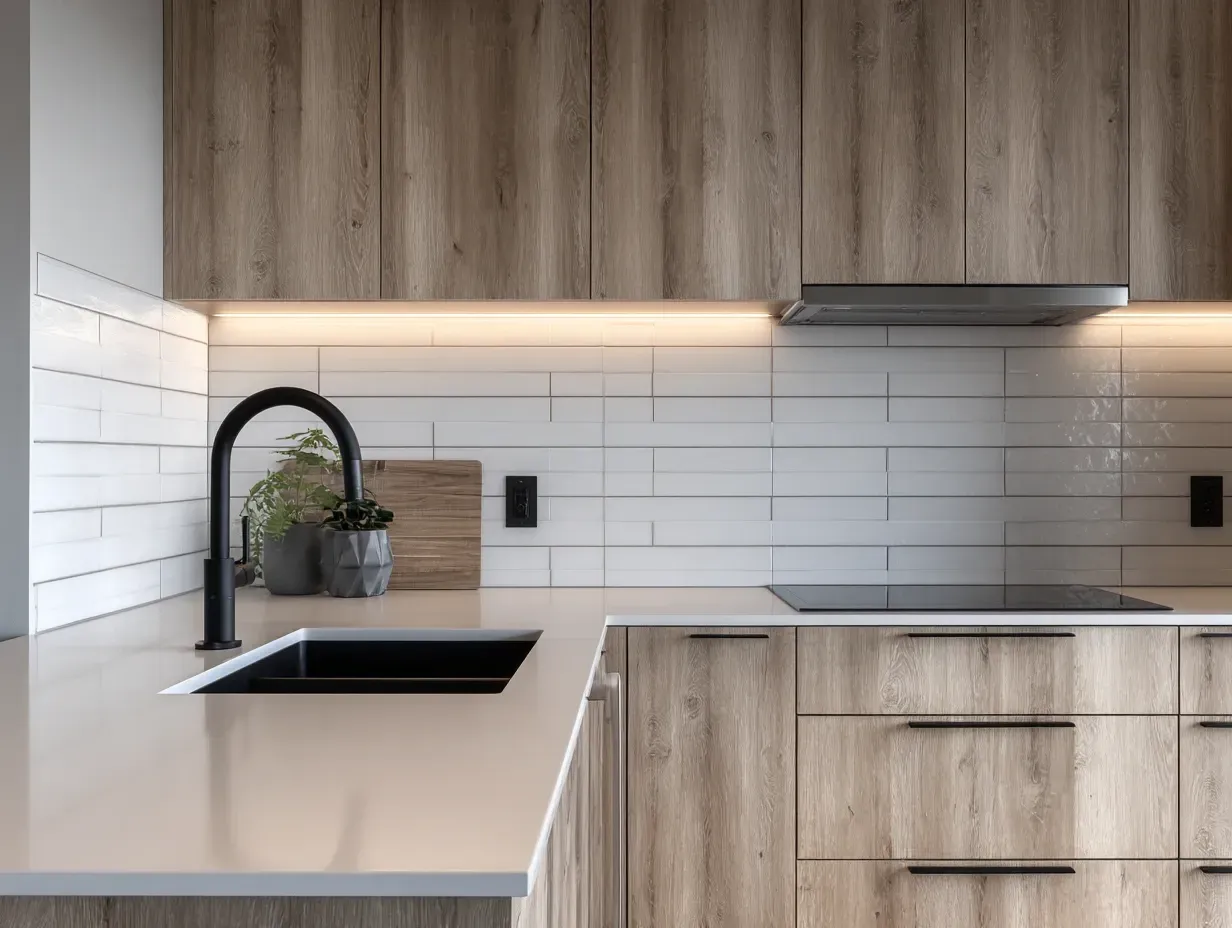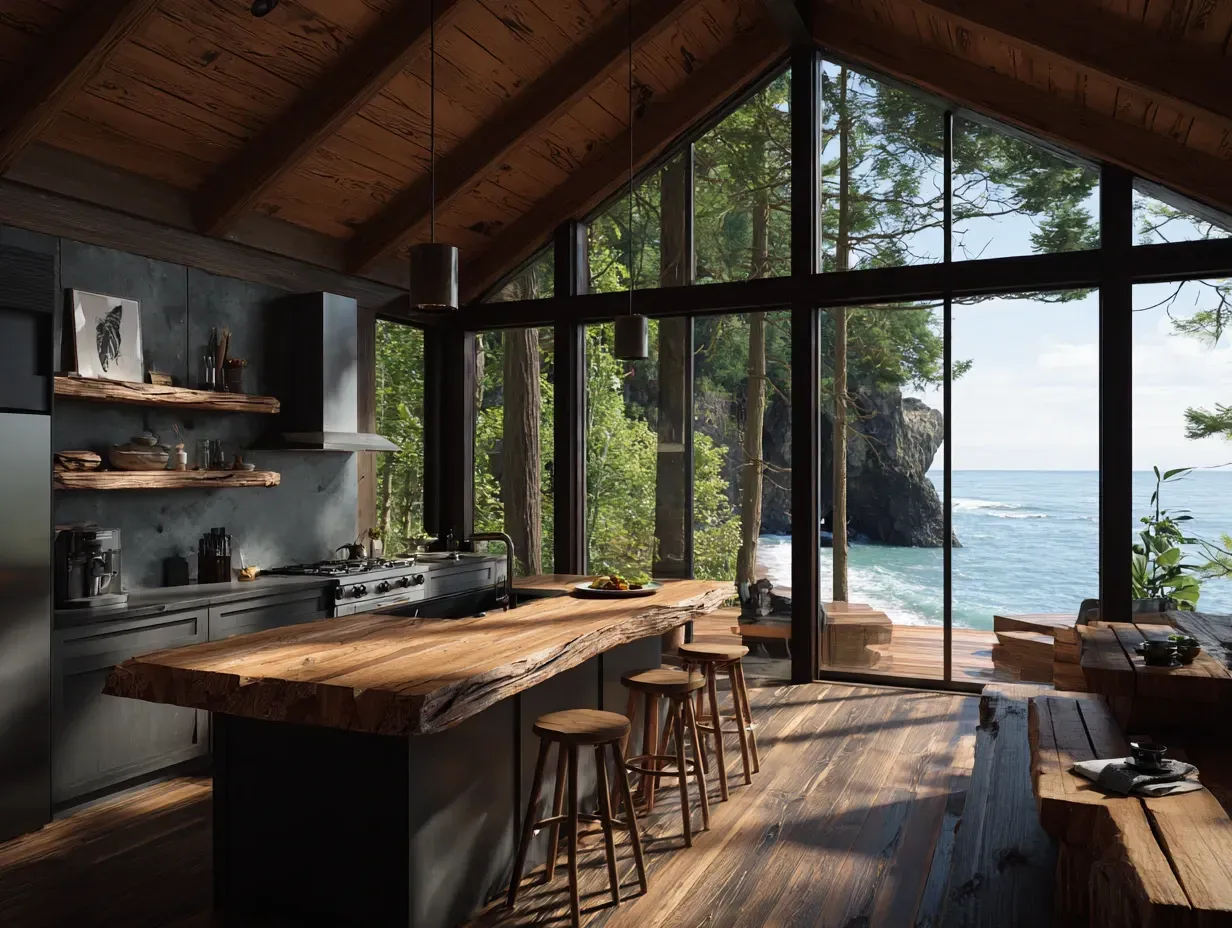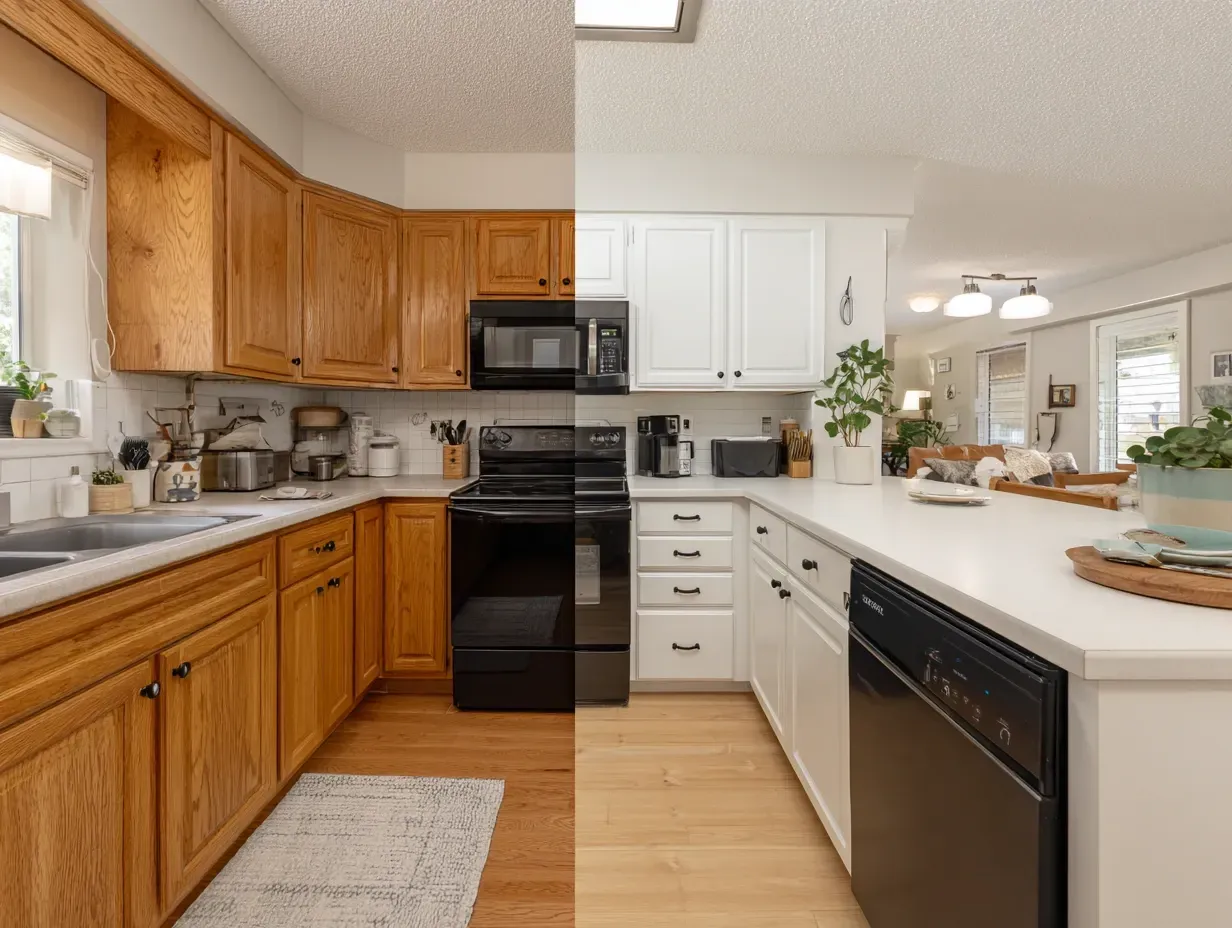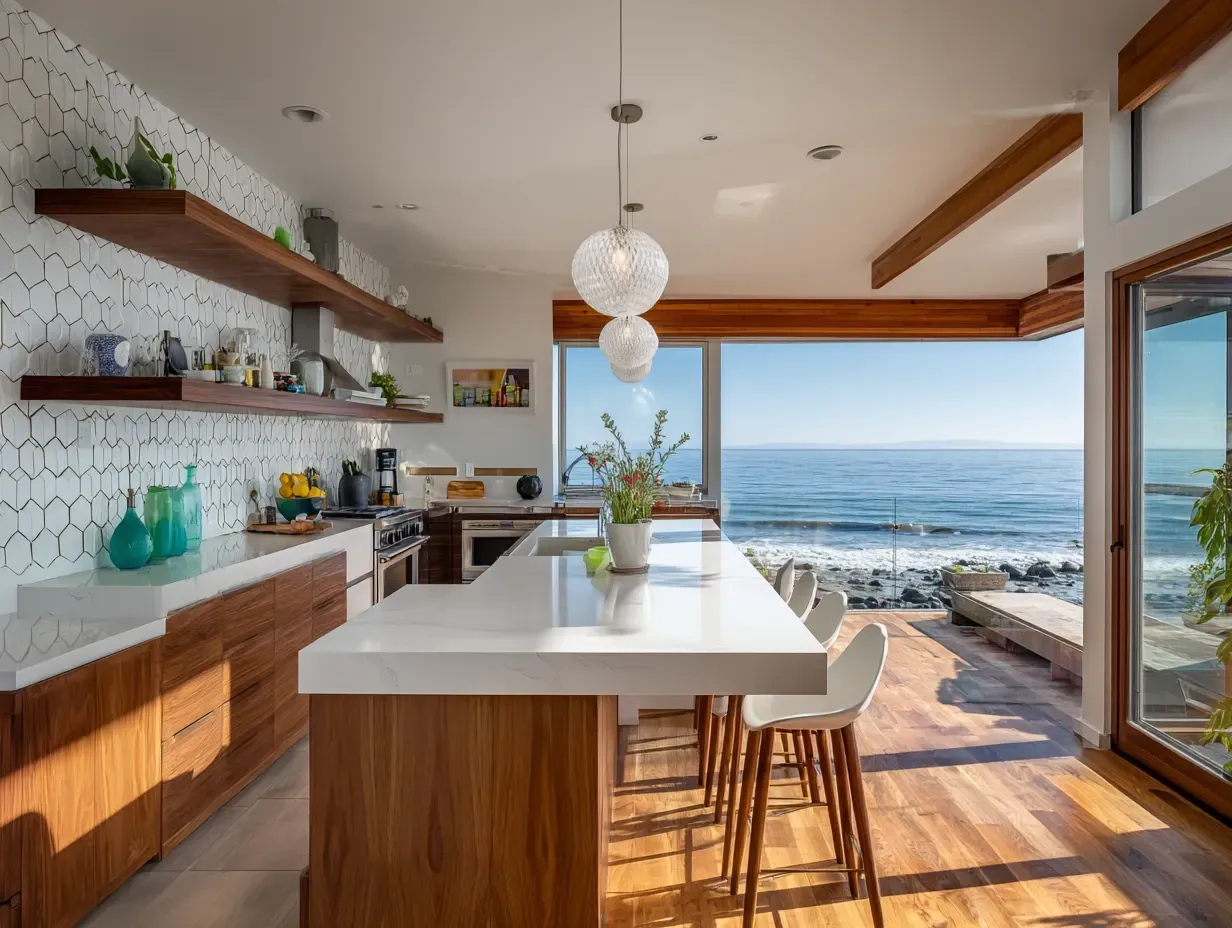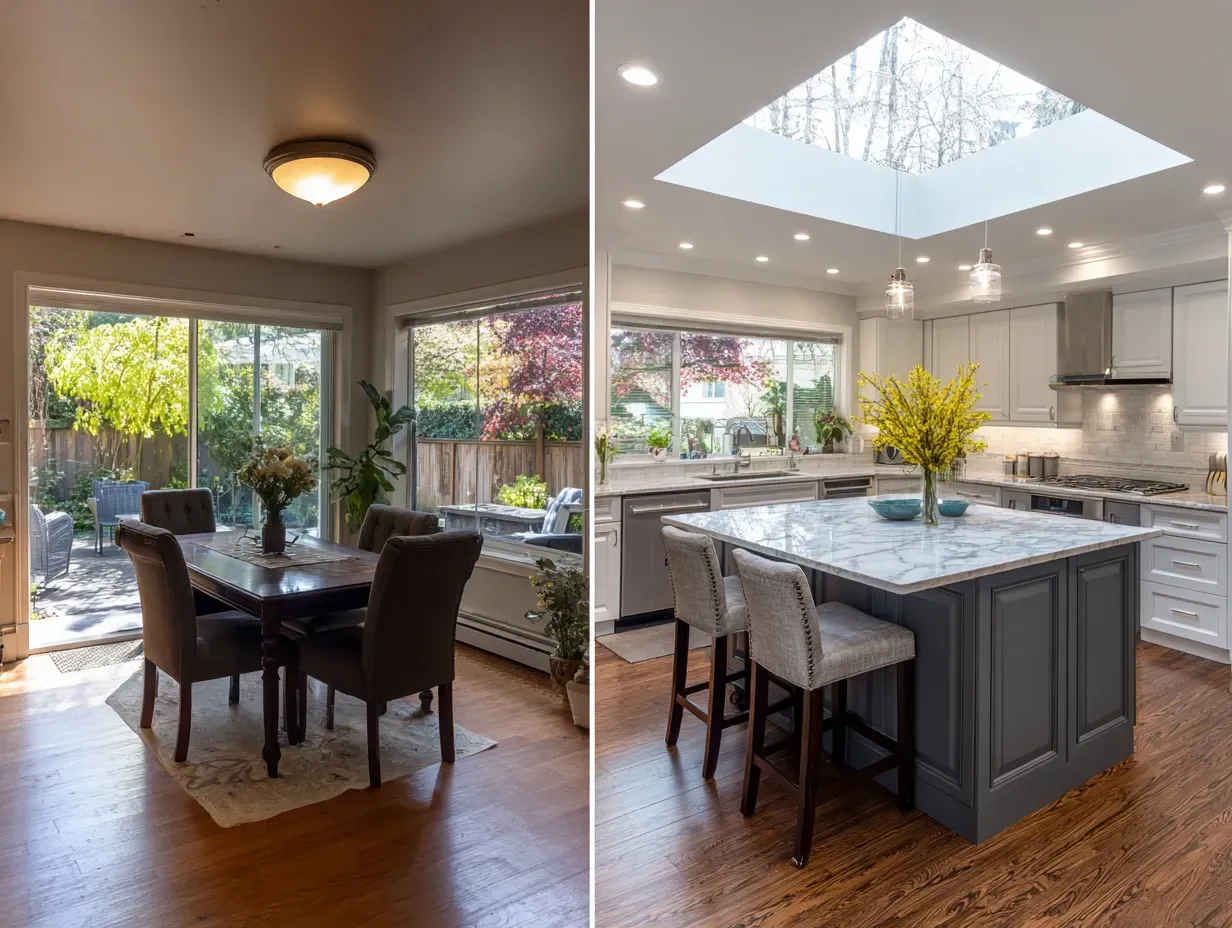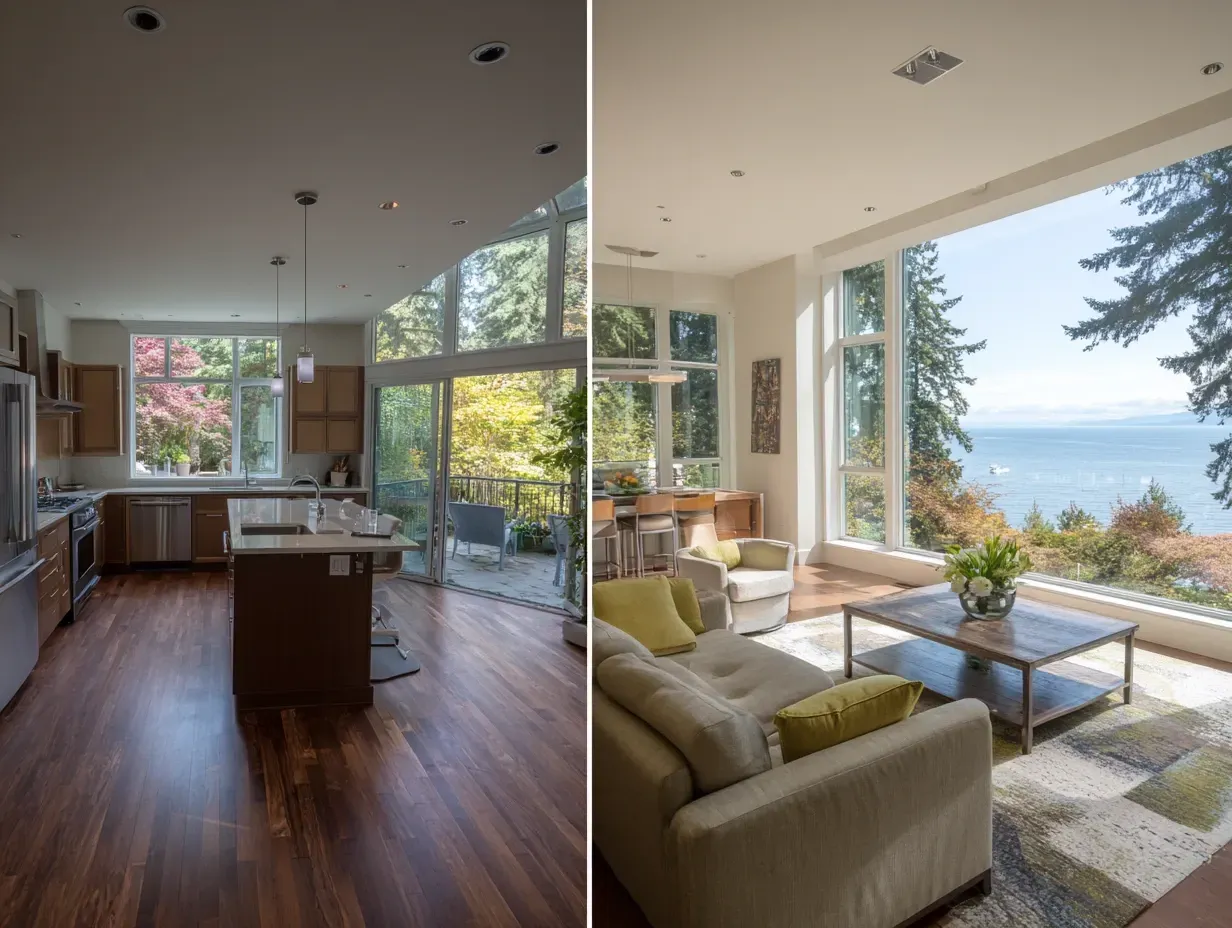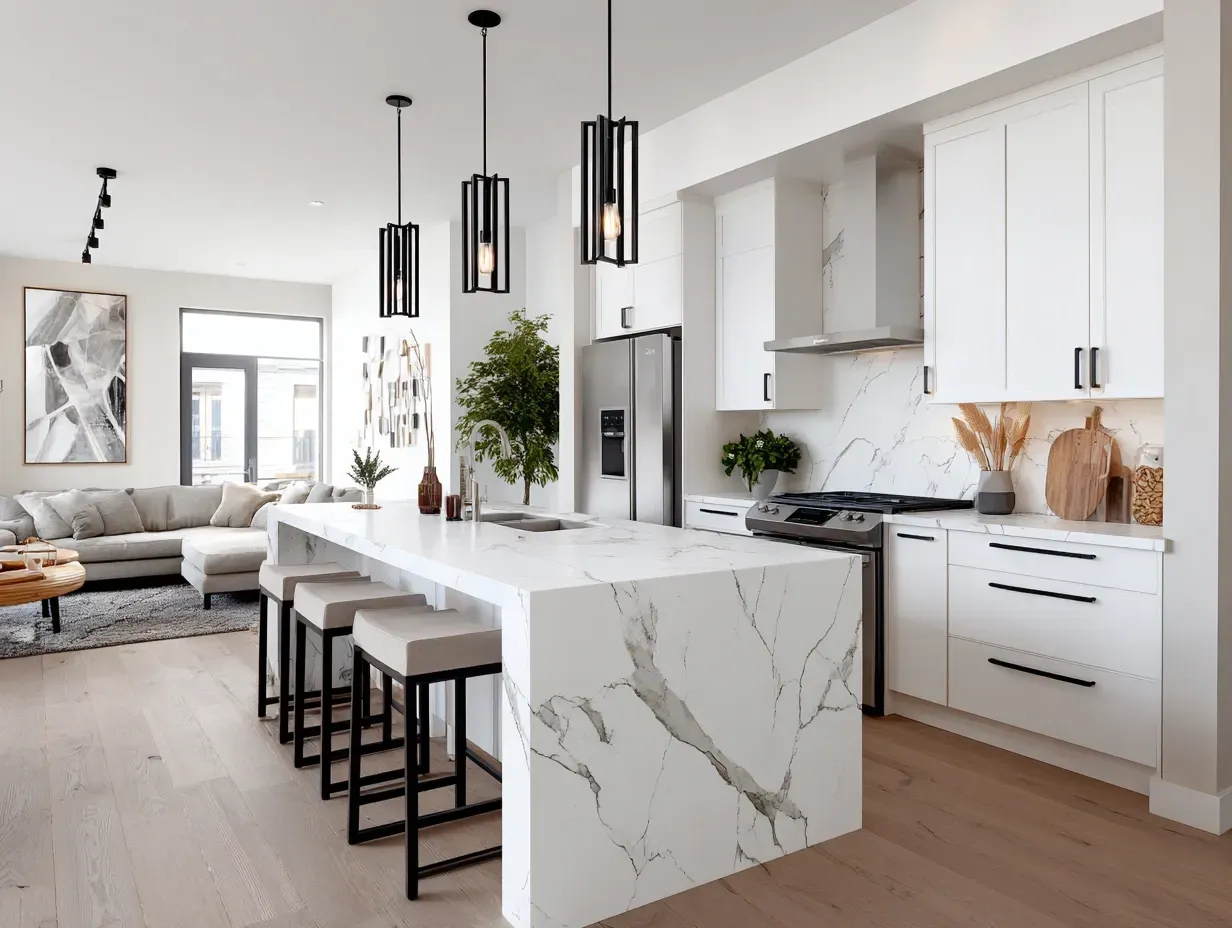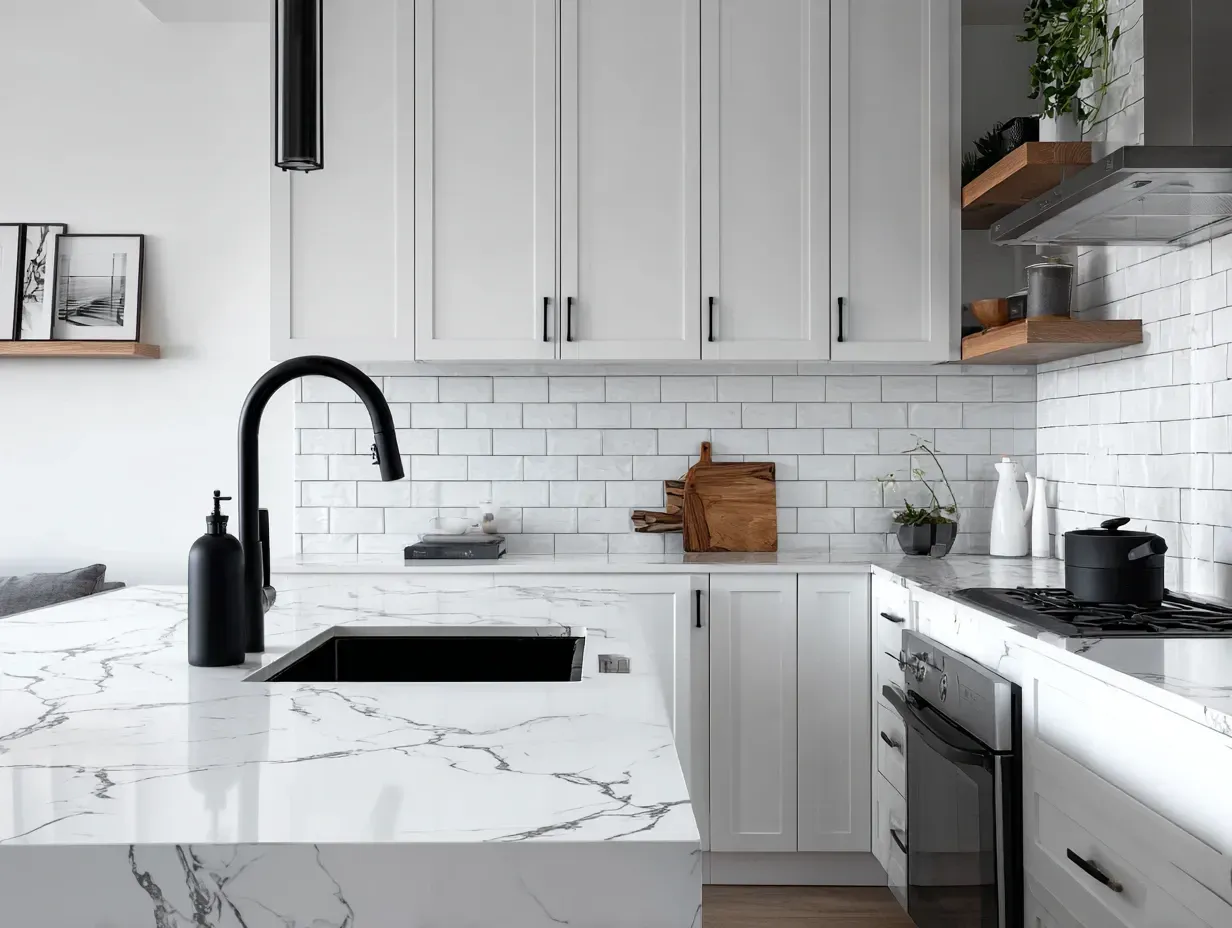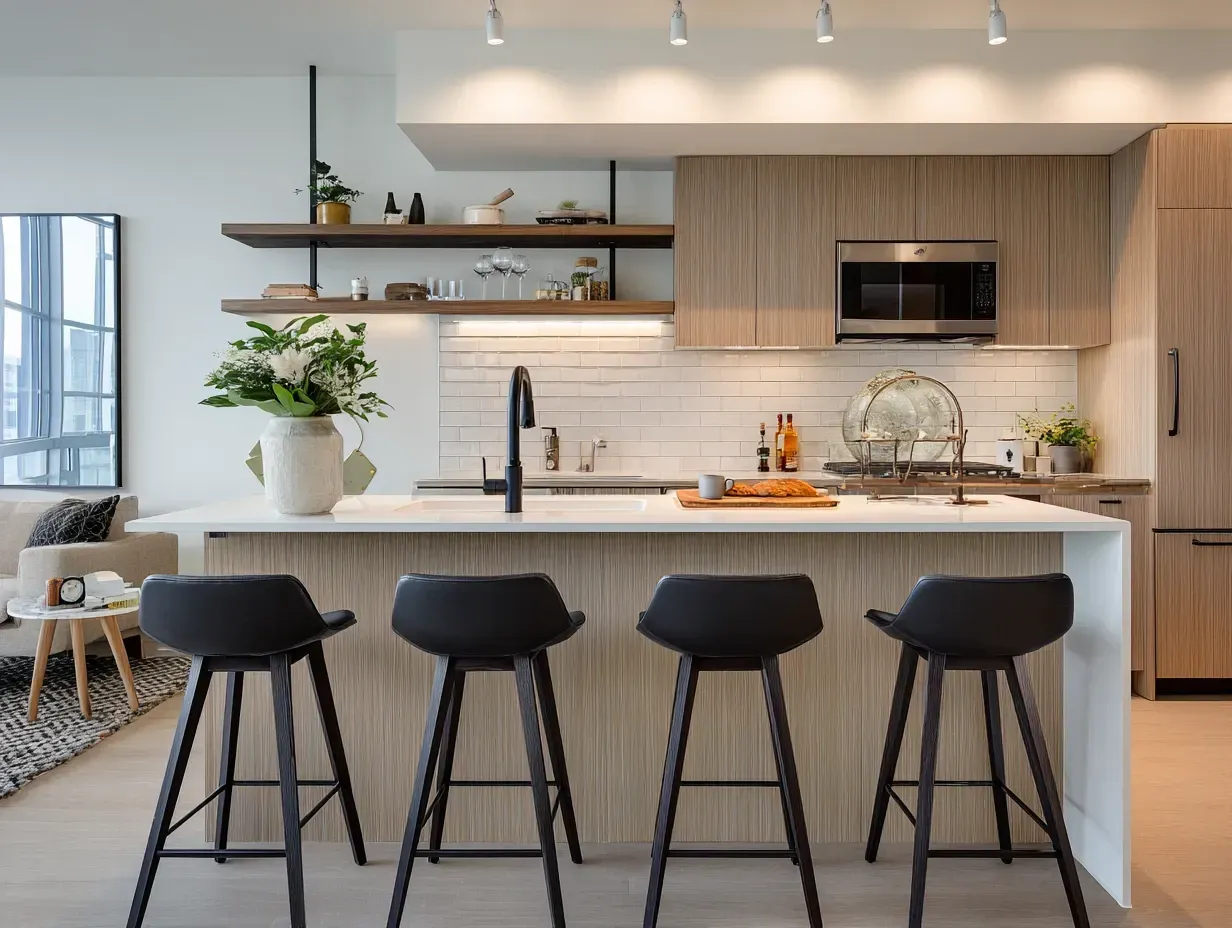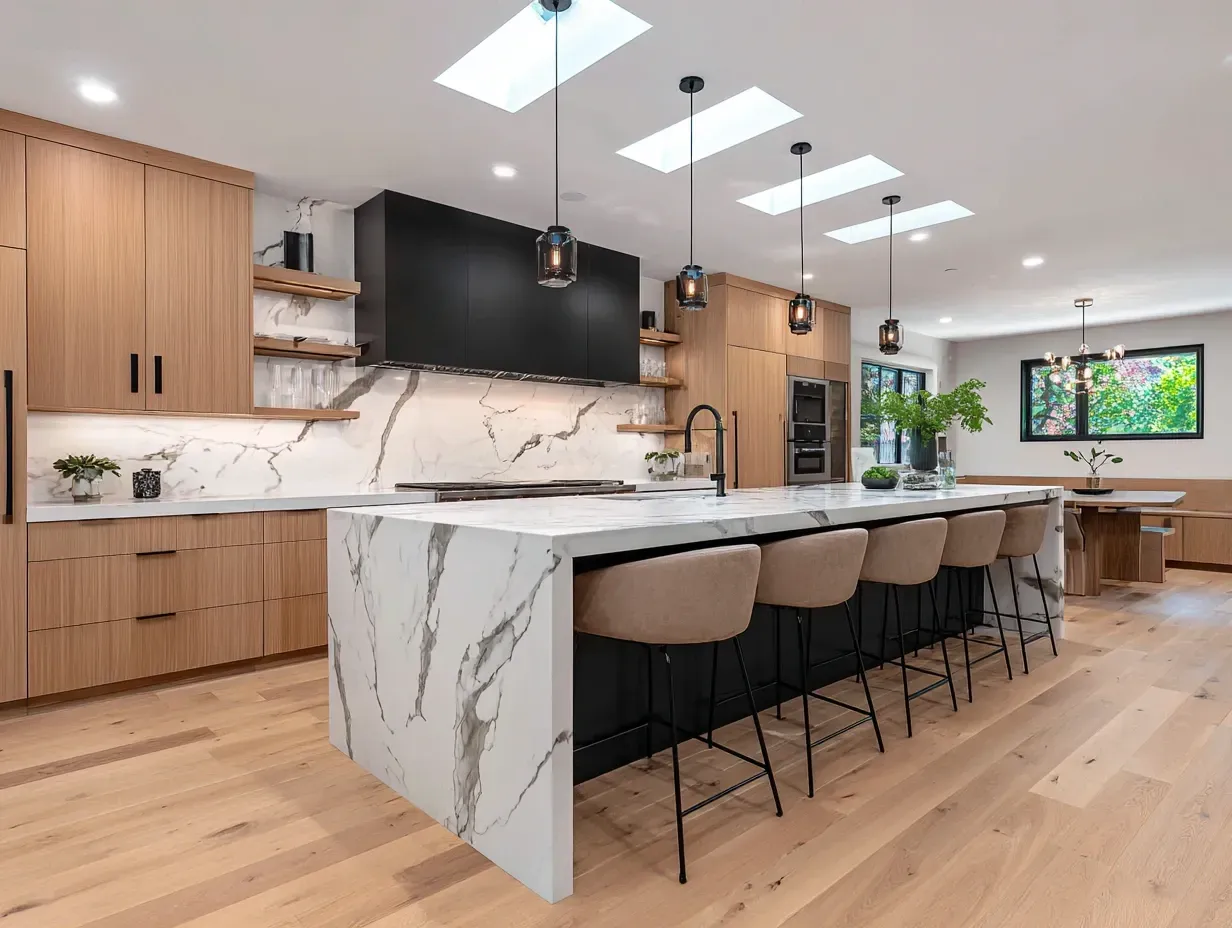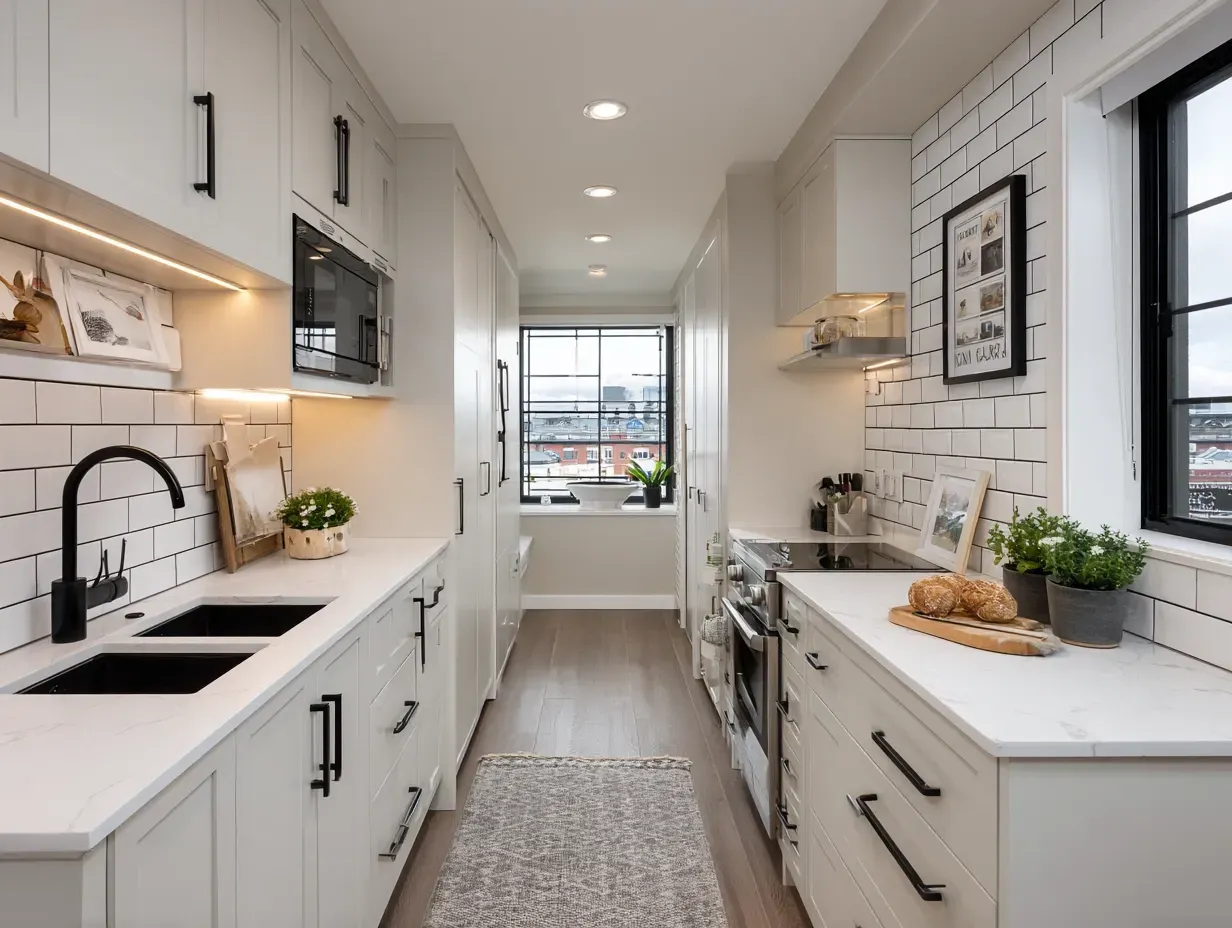Modern vs Traditional Kitchens: Which Style Fits Your Home?
Modern vs. Traditional Kitchens: Guide to Choosing the Perfect Style for Your Vancouver Home
The kitchen is more than just a room in your house; it is the narrative centre of your home, the stage for your daily life.
It’s where mornings begin, where meals are shared, and where memories are made. When you decide to remodel this vital space, one of the first and most fundamental choices you'll face is its style.
This decision goes far beyond aesthetics; it sets the tone for the entire project, influencing every subsequent choice from cabinet profiles and countertop materials to hardware and lighting.
The two most enduring and foundational design philosophies are "Modern" and "Traditional." While these terms are often used broadly, they represent distinct sets of principles, each with its own history, character, and feeling.
Many Vancouver homeowners find themselves drawn to elements of both, making the decision feel complex. Are you captivated by the sleek, uncluttered calm of a modern space, or the warm, detailed elegance of a traditional one?
This guide will provide a deep dive into the core tenets of each style, exploring their defining characteristics and helping you determine which aesthetic best aligns with your home’s architecture, your personal taste, and your unique West Coast lifestyle.
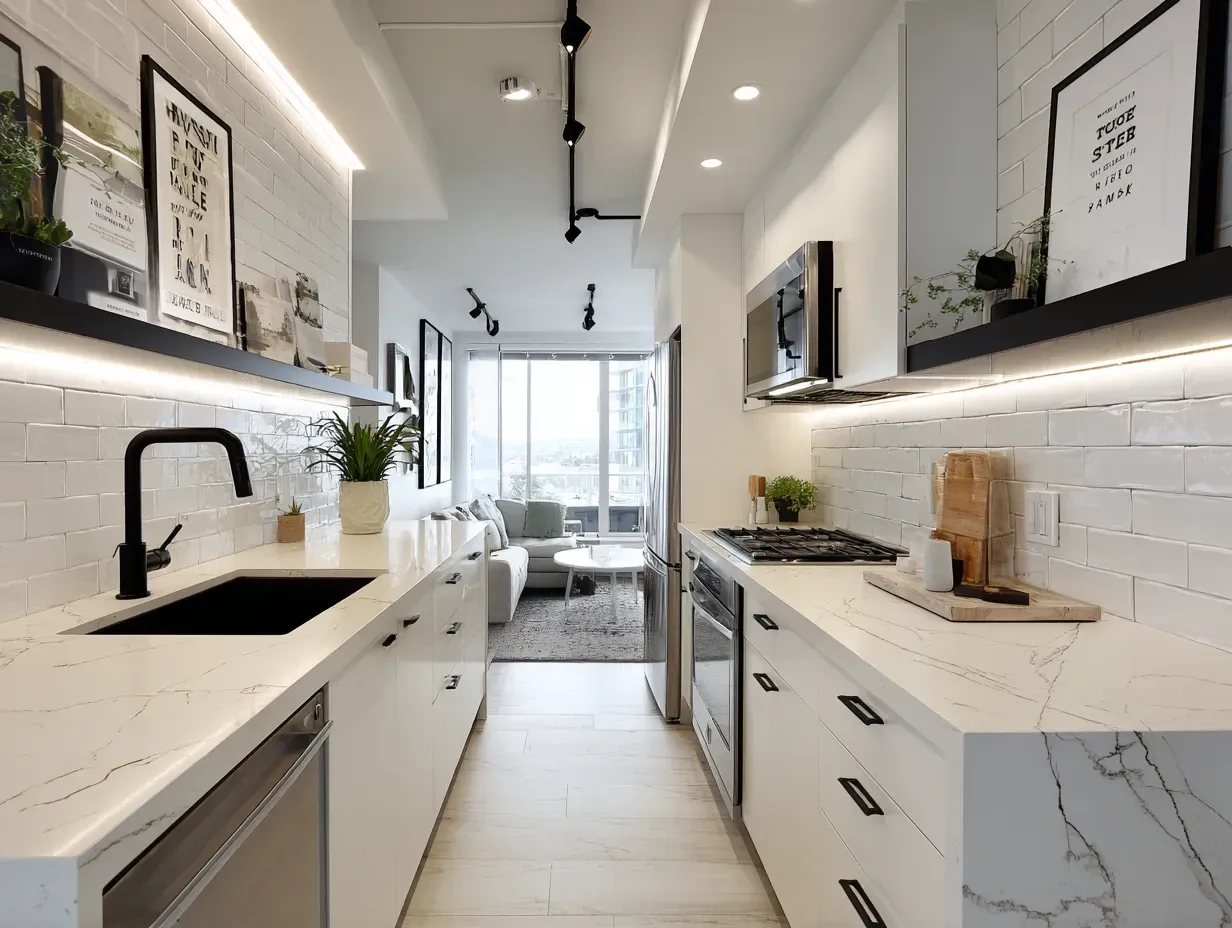
Sleek, Simple, and Unadorned: Decoding the Modern Kitchen
It’s a common misconception that "modern" simply means "what is current." In design, Modernism is a specific aesthetic born in the early to mid-20th century, rooted in the idea that form should follow function.
It’s a rejection of the excessive ornamentation of the past in favour of simplicity, clarity, and an honest expression of materials.
A modern kitchen is a masterpiece of restraint, characterized by clean lines, geometric forms, and a serene, uncluttered atmosphere.
The Key Characteristics of a Modern Kitchen
- Cabinetry is Clean and Flat: This is the most significant visual cue. Modern kitchens exclusively feature flat-panel, or "slab," cabinet doors. There are no raised panels, decorative carvings, or intricate trim. This creates a smooth, unbroken surface that emphasizes the geometry of the space. To further this seamless look, cabinets are often full-overlay (covering the entire cabinet frame) and handleless, utilizing integrated channel pulls or push-to-open hardware for a truly minimalist feel.
- Emphasis on Natural and Man-Made Materials: Modern design celebrates materials for what they are. You will often see the warm, linear grain of natural wood, like rift-cut white oak or rich walnut, used for a bank of cabinets. This is frequently contrasted with industrial or man-made materials like sleek stainless steel, concrete, lacquer, and glass. The interplay between these different textures creates visual interest without the need for decorative patterns.
- A Neutral, Monochromatic Colour Palette: The modern palette is typically calm and restrained. It is built upon a foundation of neutrals—shades of white, grey, charcoal, and black. This creates a serene backdrop that allows the form and materials to take centre stage. When colour is used, it’s often as a single, bold, and intentional accent—a vibrant island base, a colourful backsplash, or a set of bright bar stools—against the otherwise neutral canvas.
- Strong Horizontal Lines: A key principle of modern design is the emphasis on strong horizontal lines, which creates a sense of stability and visual flow. This is achieved through long, wide banks of drawers instead of traditional cupboards, floating shelves, and the linear arrangement of cabinets. The overall effect is grounded, expansive, and visually calming.
- Minimalist and Integrated Details: In a modern kitchen, every detail serves a purpose. Countertops are typically durable quartz or stone with a simple, squared-off edge profile. Backsplashes are often a single, seamless slab of the same material as the countertop, eliminating grout lines for a clean look. Sinks are almost always undermount, and faucets are sculptural with simple, elegant angles. Appliances are a key part of the aesthetic, with stainless steel being a classic choice, or even more seamlessly, panel-ready models that are fitted with cabinet fronts to completely disappear.
- Is a Modern Kitchen Right for Your Vancouver Home?
A modern kitchen is a perfect match for the architecture of many Vancouver residences, from the glass-walled condos of Yaletown and Coal Harbour to the iconic West Coast Modern homes found throughout the North Shore. It aligns with a minimalist, "less is more" lifestyle, offering an uncluttered, highly organized, and easy-to-clean environment that acts as a calm refuge from the bustle of city life.
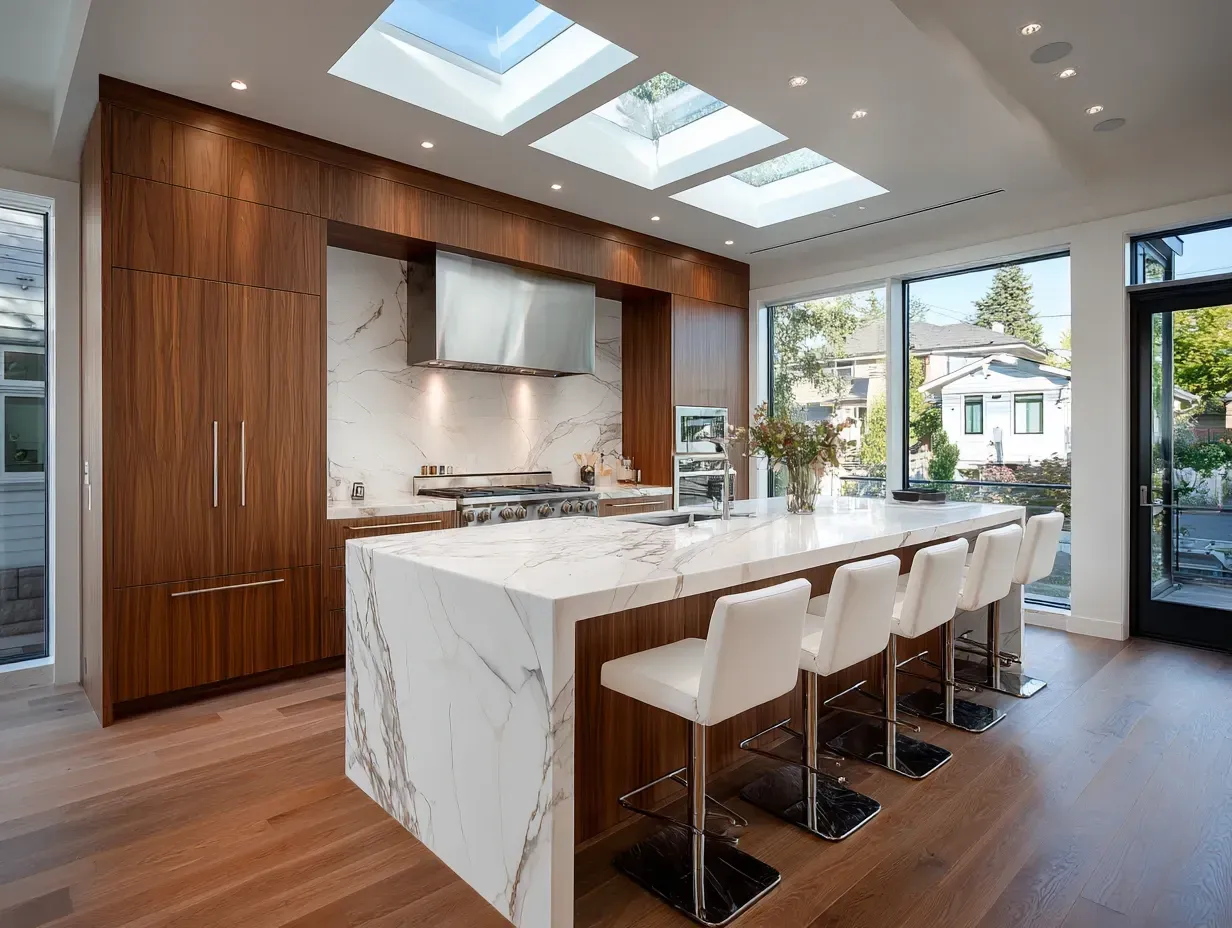
Warmth, Detail, and Timeless Grace: Exploring the Traditional Kitchen
If modern design is about stripping away the unnecessary, traditional design is about celebrating detail, craftsmanship, and a sense of history.
Drawing inspiration from classic 18th and 19th-century European and American styles, traditional kitchens are designed to feel warm, elegant, and welcoming.
This is a style that embraces ornamentation, rich textures, and architectural details to create a space that feels layered, comfortable, and timeless.
The Key Characteristics of a Traditional Kitchen
- Detailed and Decorative Cabinetry:
Cabinets are the star of a traditional kitchen. You will find doors with raised panels, intricate beading, or other decorative trim. Glazed or mullioned glass-front doors are often used to display fine china or glassware. Architectural details are layered on, such as decorative crown molding at the ceiling, light rail molding under the upper cabinets, and elaborate corbels supporting a countertop overhang.
Kitchen islands are often designed to look like freestanding pieces of furniture, with turned legs and decorative feet.
- Rich, Natural Materials: While natural materials are also key here, they are presented in a more decorative fashion. Wood cabinets are common, often in classic species like cherry, maple, or alder, but they are frequently painted in soft, warm colours. Countertops are typically natural stone, with marble and granite being popular choices, often finished with a decorative edge profile like an ogee or bullnose to add a touch of elegance.
- A Warm and Varied Colour Palette: Traditional kitchens favour warm, soft, and inviting colour schemes. Palettes are built on creamy whites, warm beiges, soft greys, and buttery yellows. Painted cabinetry is extremely popular, with classic choices ranging from timeless white to gentle shades of blue, green, and grey.
- A Focus on a Central Focal Point: Unlike the horizontal flow of a modern kitchen, a traditional kitchen is often designed around a singular, commanding focal point. This is frequently a grand, decorative range hood cover over the stove, often clad in custom millwork or plaster. An ornate chandelier or a beautifully detailed farmhouse sink can also serve as the centerpiece of the room.
- Elegant and Decorative Details: The beauty of a traditional kitchen is in its details. Hardware is like jewelry for the cabinets, with decorative knobs and pulls in finishes like polished nickel, aged brass, or oil-rubbed bronze. Faucets are often more ornate, such as a gooseneck or bridge-style faucet. Backsplashes are an opportunity for pattern and texture, with materials like intricate mosaics, patterned ceramic tiles, or classic tumbled stone. Apron-front, or "farmhouse," sinks are a hallmark of this style, adding a touch of rustic charm and substance.
- Is a Traditional Kitchen Right for Your Vancouver Home?
A traditional kitchen is a natural and harmonious fit for Vancouver's many character and heritage homes, such as the Craftsman houses of Kitsilano or the grand estates of Shaughnessy. It brings a sense of warmth, history, and permanence that honours the home's original architecture. It is also a wonderful choice for a family home in any neighbourhood, suiting a lifestyle that values comfort, hospitality, and a cozy, "lived-in" atmosphere.
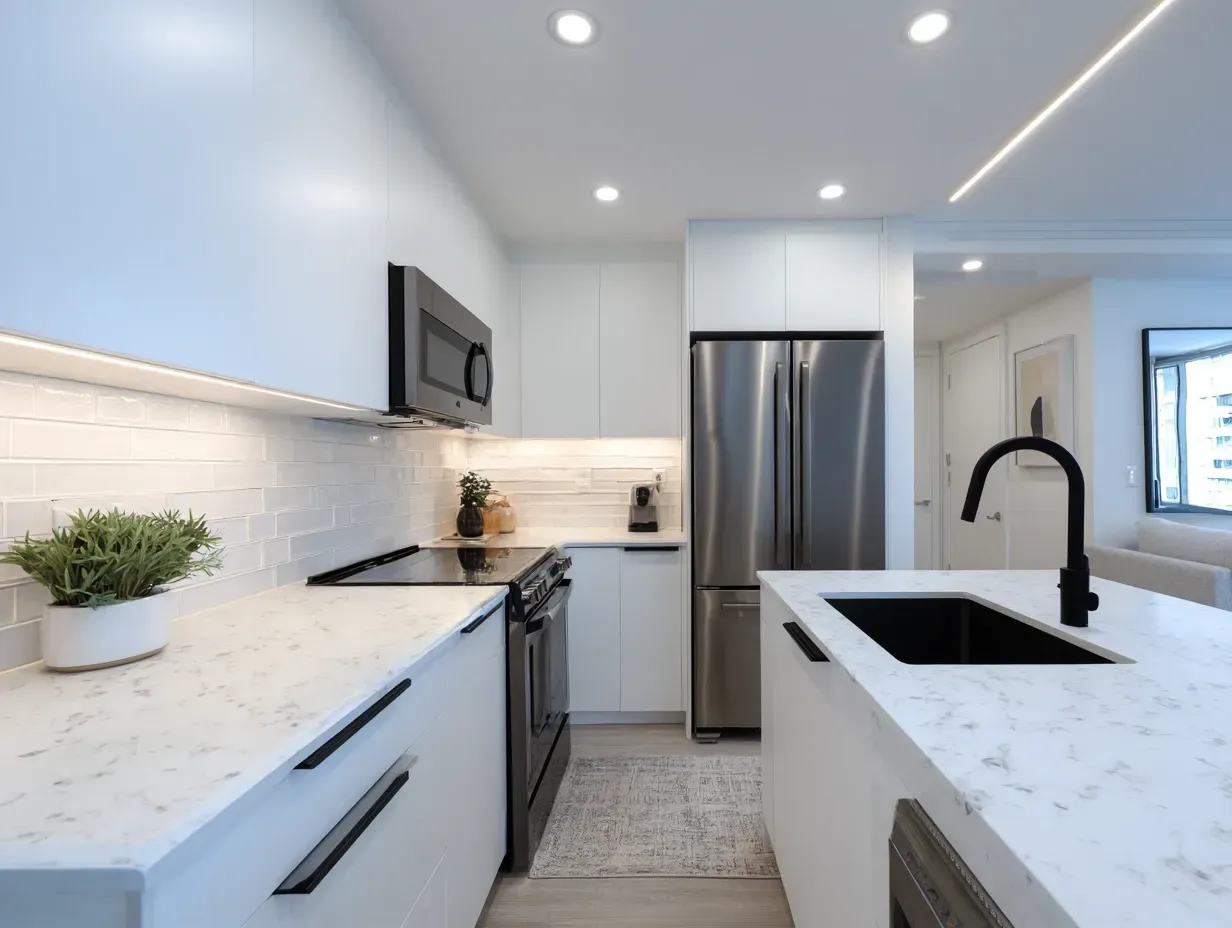
The Best of Both Worlds: Finding Your Balance with Transitional Style
For many homeowners, the choice isn't black and white. You might love the simplicity of modern cabinetry but crave the warmth of traditional finishes. This is where the immensely popular transitional style comes in. As its name suggests, it is a bridge between the two worlds.
A transitional kitchen blends the clean, simple lines of modern design with the warmth, comfort, and elegance of the traditional aesthetic. It’s about creating a timeless, classic space that feels both current and enduring.
A common recipe for a transitional kitchen is using the Shaker-style cabinet door—a simple, clean-lined door that originates from a traditional form.
You might pair these simple cabinets with sleek, modern hardware, a quartz countertop with subtle veining, and a classic subway tile backsplash. It’s a style that offers incredible flexibility, allowing you to curate a space that is a true reflection of your personal taste.
Its adaptability is why transitional design has become the go-to style for many Vancouver remodels. It can gracefully update a traditional home without feeling starkly out of place, and it can bring necessary warmth and character to a new-build condo.
Making the Decision: Which Style is Right for You?
To find your answer, look beyond trends and consider three key factors:
- Your Home's Architecture: Walk through your home. What is its dominant architectural language? A kitchen that is in harmony with its surroundings will always feel more cohesive and timeless. While you can certainly put a modern kitchen in a traditional house, it requires a very thoughtful design to feel intentional rather than jarring.
- Your Personal Aesthetic: Look at the furniture you own, the art you love, and the clothes you wear. Are you consistently drawn to clean lines, neutral colours, and minimalist forms? Or do you prefer comfortable layers, rich textures, and decorative details? Your kitchen should be an extension of your personal style.
- Your Lifestyle: How do you envision living in your kitchen? Do you crave a pristine, uncluttered, easy-to-clean space that promotes a sense of calm? That points to Modern. Or do you dream of a cozy, bustling hub for family and friends, a place that feels warm and forgiving? That suggests Traditional.
Whether you choose the disciplined simplicity of Modern, the detailed grace of Traditional, or the balanced harmony of Transitional, the most important goal is to create a kitchen that you will love for years to come.
It should be a space that not only functions flawlessly but also feels authentically you—a beautiful, enduring backdrop for the story of your life.
Recent Posts
